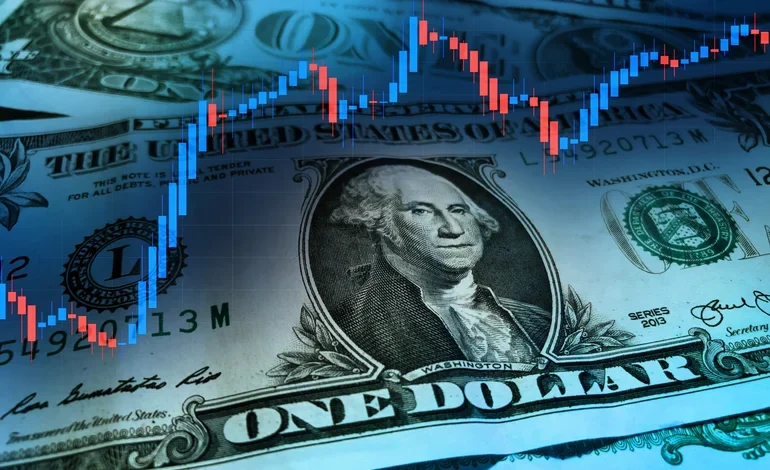The dollar ended Friday’s session (07) with a rise of 1.41%, quoted at R$5.3247, reaching the highest closing levels since January 5, 2023.
The devaluation of the real occurred amid a global strengthening of the American currency, after US job creation data in May exceeded expectations, suggesting that the Federal Reserve will have little room to reduce interest rates this year.
The US economy added 272 thousand jobs in May 2024, the most in five months, compared to the downward revision of 165 thousand in April and well above forecasts of 185 thousand .
Other than that, average hourly earnings for all employees in the U.S. nonfarm private sector rose 0.4%, a faster increase than April’s 0.2% and above market forecasts for a profit of 0.4%. 3%. It was the biggest increase in wages in four months.
According to Gustavo Sung, economist at Suno Asset, the payroll reading “frustrates expectations of interest cuts in the third quarter” in the United States, which should result in a review of the scenario for American monetary policy.
For Andre Fernandes, head of variable income and partner at A7 Capital, the performance of the real against the dollar was not positive, with the market testing the level of R$5.30 due to fiscal uncertainties in Brazil and stronger economic data than expected. expected in the United States.
“The much stronger data than expected by the market strengthened the dollar even further, not only against the real, but against all currencies, both emerging and developed countries such as the euro, pound and Japanese yen ”, he assesses. the partner of A7 Capital.
The chief economist at Novidade Futura Investimentos, Nicolas Borsoi, also cites visible market discomfort with statements by the Minister of Quinta , Fernando Haddad, which helped to put pressure on domestic assets and drive the devaluation of the real .
On Friday, Haddad reinforced that the government will insist on the provisional PIS/Cofins measure to compensate for revenue losses through tax relief, despite resistance in Congress and economic sectors, and minimized the effects on the economy. There was also noise surrounding the minister’s speech about possible contingencies this year.
Dollar exchange rate for the week.
The commercial dollar closed the session up 1.41%, at R$5.3247, after oscillating between R$5.2439 and R$5.3275. During the week, the US currency accumulated an appreciation of 1.41%.
“The main factor that explains the real’s disfavor throughout the year was a more non-conforming extrinsic environment . Changes in expectations regarding the United States led to a global appreciation of the dollar, resulting in emerging currencies falling into disfavor ”, explains Sérgio Goldstein, chief strategist at Warren.
Brazilian currency registers a devaluation of 0.86% in the week.
The real registered a devaluation of 0.86% against the dollar this week. Comparatively, the Brazilian currency presented an overall performance (considering the difference in prices plus interest) much lower than the global average, both in relation to currencies from developed and emerging countries, points out Genial Investimentos.
The performance of the real was no worse than that of the Colombian peso and the Mexican peso. As has generally been the case at the beginning of June, the most depreciated currency was the Mexican peso, with losses of more than 2.5% against the dollar. This movement still reflects fears of constitutional changes in Mexico following the results of the presidential elections.
The possibility of American interest rates remaining at the current level in 2024 is gaining strength.
CME Group monitoring shows that the chances of an initial interest rate increase in September remain high, but just above 50 % . There was an increase in both bets for a 25 basis point reduction and maintenance, which jumped from around 5% to close to 15%.
Economist André Galhardo, consultant at Remessa Online, observes that the labor data throughout the week (Jolts and ADP reports) fueled expectations of moderation in the American labor market, which was not confirmed in the payroll, the most relevant labor report .
For Galhardo, the “marginal increase” in the unemployment rate has no impact on the so-called “Fed’s prospective scenario”, which sees its room for maneuver to reduce interest rates reduced by the robustness of job creation.
“The possibility of the interest rate remaining at its current level for the remainder of 2024 is gaining momentum, which strengthens the dollar ,” says the consultant.
Source: Estadao

